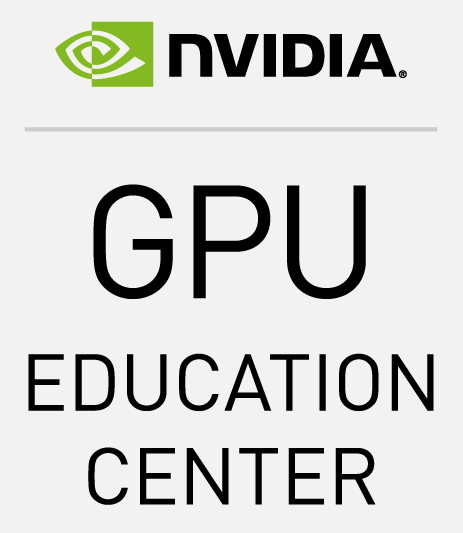



You're faced with imperatives: Improve performance. Solve a problem more quickly. Parallel processing would be faster, but the learning curve is steep - isn't it? Not anymore. With CUDA, you can send C, C++ and Fortran code straight to GPU, no assembly language required.
Developers at companies such as Adobe, ANSYS, Autodesk, MathWorks and Wolfram Research are waking that sleeping giant - the GPU -- to do general-purpose scientific and engineering computing across a range of platforms.
Using high-level languages, GPU-accelerated applications run the sequential part of their workload on the CPU - which is optimized for single-threaded performance - while accelerating parallel processing on the GPU. This is called "GPU computing."
GPU computing is possible because today's GPU does much more than render graphics: It sizzles with a teraflop of floating point performance and crunches application tasks designed for anything from finance to medicine. CUDA is widely deployed through thousands of applications and published research papers and supported by an installed base of over 375 million CUDA-enabled GPUs in notebooks, workstations, compute clusters and supercomputers.